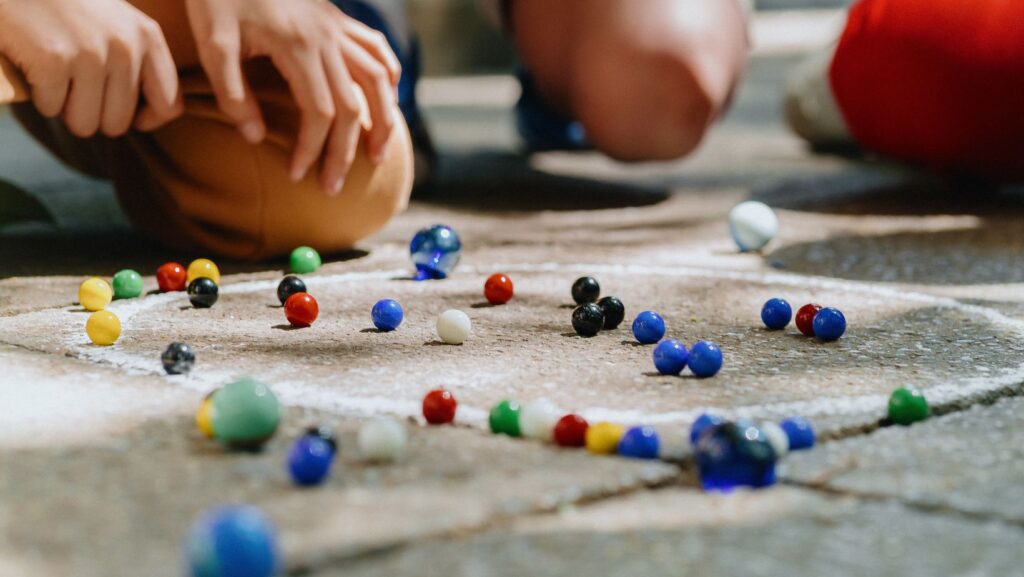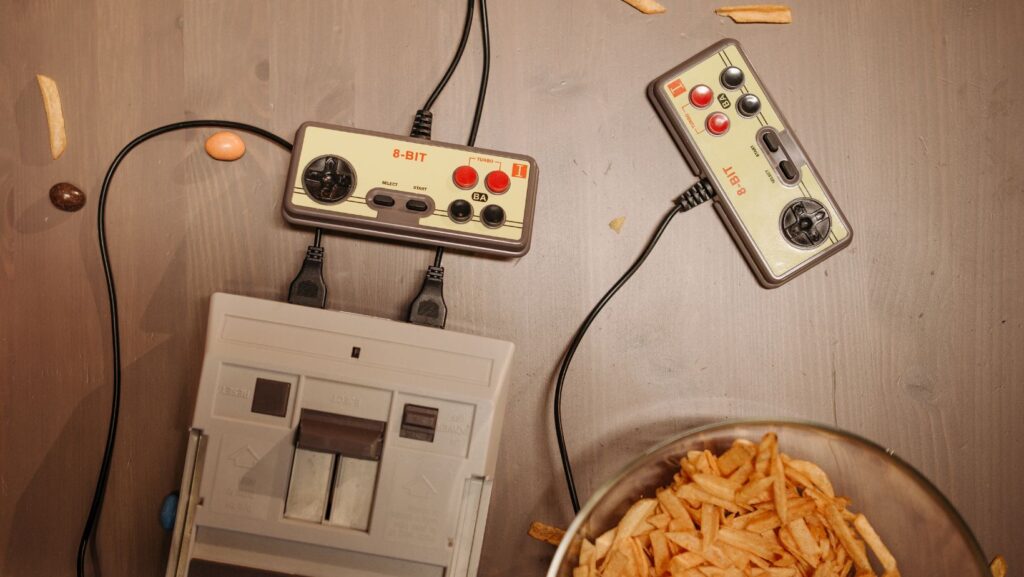Vintage Marble Games

In a world dominated by digital entertainment, vintage marble games offer a nostalgic escape to simpler times. These timeless treasures not only showcase the artistry of handcrafted marbles but also evoke memories of childhood play and friendly competition. From the clink of glass marbles colliding to the thrill of a perfect shot, these games have captivated generations with their charm and simplicity.
Vintage marble games, with their rich history and enduring appeal, have seen a resurgence among collectors and enthusiasts. The allure lies in their unique designs, vibrant colors, and the stories each marble carries. Whether it’s a game of Ringer, where skill and strategy reign supreme, or the classic game of Chinese Checkers, these marbles provide endless hours of entertainment and connection.
As interest in these classic games grows, people are rediscovering the joy and community spirit they inspire. Vintage marble games remind us that sometimes, the best games don’t need screens or controllers.
History Of Vintage Marble Games
The fascination with vintage marble games has a rich historical backdrop. These games have captivated players for centuries, evolving alongside cultural shifts and artistic trends.

Marble games date back to ancient civilizations. Archaeological discoveries reveal that Egyptians and Romans engaged with marbles made from materials like stone and clay. By the Middle Ages in Europe, marbles had become a staple pastime among children and adults. The mass production of marbles began in the 1800s in Germany, marking a significant evolution as they transitioned into glass materials. This shift not only improved accessibility but also led to more intricate and colorful designs.
Throughout the 20th century, numerous marble games gained popularity. “Ringer” became a favorite in the early 1900s, where players aimed to knock each other’s marbles out of a ring. In the 1920s, “Chasies” introduced a chase element, demanding speed and precision. The 1950s saw the rise of “Keepsies,” a game where players risked losing their marbles, adding a competitive edge. By the 1970s, “Ring Taw” combined skills from previous games, emphasizing accuracy and strategy. Each decade reflected societal trends, maintaining the allure of these timeless games across generations.
Materials And Craftsmanship
Vintage marble games showcase the meticulous artistry of handcrafted and machine-made marbles, revealing a captivating blend of materials and craftsmanship. This section discusses various marble types and the techniques that contribute to their enduring charm and appeal.
Types Of Marbles
From agates to alleys, vintage marbles come in diverse forms, each with unique appeal. Glass marbles, prevalent since the 19th century, boast vibrant hues and intricate patterns, while clay marbles, popular among children in earlier eras, offer rustic charm. Agate marbles, made from banded stones, serve as prized collectibles for their durability and aesthetic value. Cane-cut marbles, shaped from glass canes, and handmade swirls, celebrated for their intricate designs, further illustrate the variety in vintage marbles.
Techniques Used In Production
Traditional methods and innovative processes contribute to the creation of these vintage wonders. Artisans use glassblowing techniques to craft detailed swirl patterns, a hallmark of vintage marbles. Cane-cut techniques involve slicing rods of heated glass to produce distinct designs. Mass production relies on mechanized methods, such as marble scissors, which shape molten glass. Clay marbles often feature kiln-fired processes to enhance strength and finish. These techniques, combined with material selection, ensure each marble’s unique quality and collectible status.
Collecting Vintage Marble Games
Collectors find joy in acquiring vintage marble games due to their artistry and historical significance. These marbles showcase unique designs and craftsmanship, captivating enthusiasts worldwide.

Authenticity of vintage marbles relies on several factors. Age spots, known as pontil marks, indicate handmade origins in marbles such as swirl and cane-cut types. Wear patterns, consistent with natural aging, offer clues to a marble’s genuineness. Recognizable manufacturing techniques, like glassblowing or kiln-firing from specific eras, further assist in authenticating. Collectors often reference catalogs and guides from established brands, including Akro Agate and Vitro Agate, to verify originality.
Condition and quality significantly affect a marble’s value. Luster and surface clarity are critical, with chips or scratches reducing worth. Well-preserved marbles, with vibrant colors and detailed patterns, hold higher collectible status. Expert appraisers often assess marbles, considering factors like rarity and design complexity. Marbles are typically categorized by grades, from mint (perfect) to near mint and excellent, to denote condition levels.

